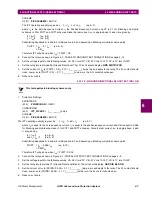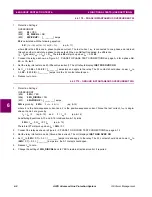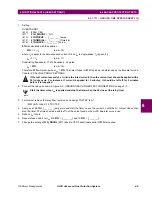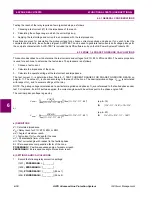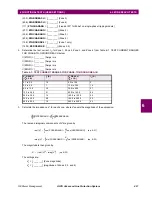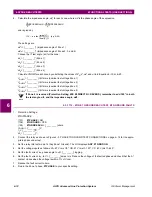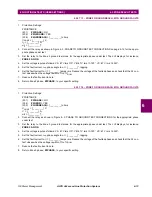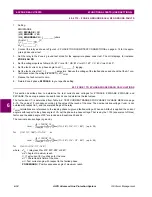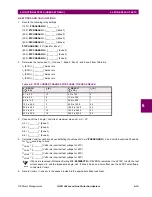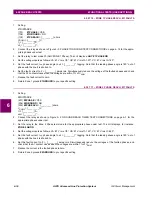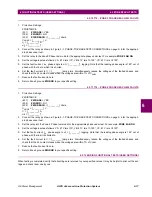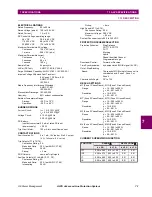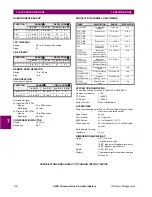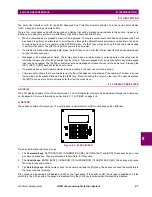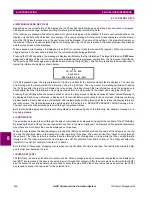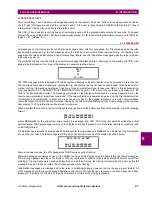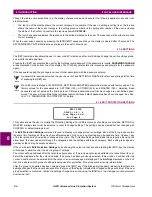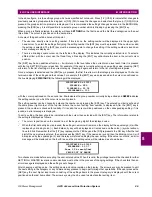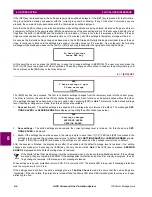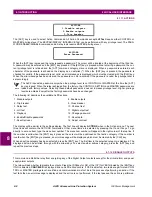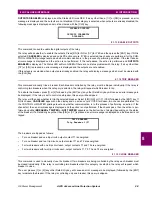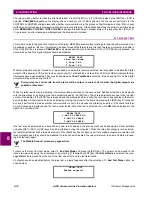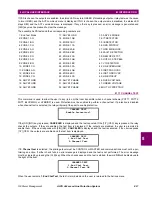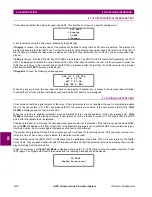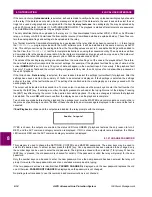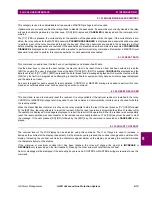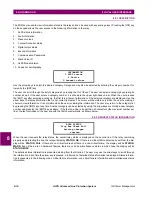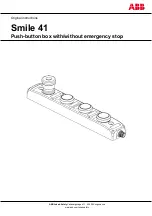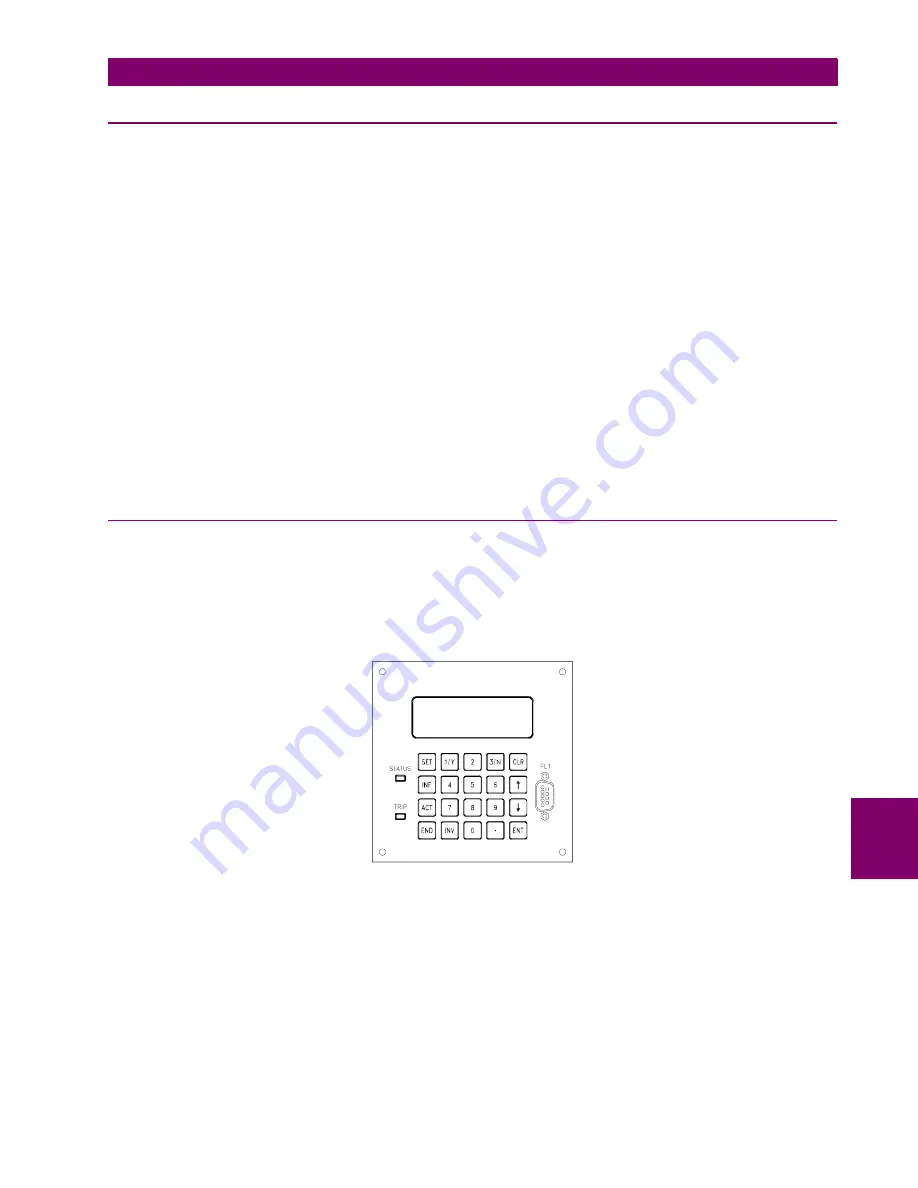
GE Power Management
ALPS Advanced Line Protection System
8-1
8 LOCAL USER INTERFACE
8.1 INTRODUCTION
8
8 LOCAL USER INTERFACE 8.1 INTRODUCTION
8.1.1 DESCRIPTION
The Local User Interface (LUI) for the ALPS Advanced Line Protection System consists of a 4-line liquid crystal display
(LCD), a keypad, and trip and status LEDs.
There a few conventions used with the keypad and display that will be mentioned periodically in this section. However, to
aid the user in using this section more effectively, they will be described briefly here.
•
When a command key is pressed a menu will be displayed. There are several levels of choices and menus which will
be needed to perform a certain task. To scroll back up through the different levels previously scrolled down, the same
command key is used. For example, in the ACTIONS menu, the [ACT] key will go back up through the levels needed
to perform that action. The [SET] and [INF] keys work the same way.
•
If a mistake is made while entering data, press the [CLR] key once. Verify that the incorrect text has been deleted and
re-type the data or answer.
•
Messages will be displayed at times. There may have been a mistake made in entering data or the relay may be
informing the user of a state they have just put the relay in. These messages must be cleared before any other keypad
input can be accepted. The [CLR] key will remove these messages but leave the user at the same level. Pressing the
[ACT], [SET] or [INF] keys will let the user continue.
•
If a message box or list of items is similar to one preceding it, the new one will not be shown.
•
There are lists of items that have numbers next to them that appear on the display. If the number of an item is known
the number can be pressed followed be the [ENT] key. This will position the cursor on the item. The user must press
the [ENT] key one more time to actually enter the item the cursor is on.
8.1.2 DISPLAY AND KEYPAD
a) DISPLAY
The LCD display consists of four 20-character lines. The LCD character contrast can be adjusted through the Actions key
on the keypad. For more information see Section 8.1.11: ACTIONS on page 8–8.
b) KEYPAD
The keypad consists of twenty keys: 10 numeric keys, a decimal point, eight function keys and an [INV] key.
Figure 8–1: ALPS KEYPAD
The keys are divided into three groups:
1.
The Command keys: SETTINGS [SET], INFORMATION [INF], ACTIONS [ACT] and [END]. These keys begin or end
a command sequence. They are discussed in detail later in this section.
2.
The Control keys: ENTER ([ENT]), UP-ARROW (
↑
), DOWN-ARROW (
↓
) AND CLEAR [CLR]. These keys may cause
the relay to take some action.
3.
The Data Entry keys: all the numeric keys, the decimal point and the [INV] key. These keys are used to enter data into
the relay or answer prompts.
The keypad can be enabled or disabled by SW2 on the input board. If the switch is ON, the keypad is enabled and if the
switch is in the OFF position, the keypad is disabled. Only the [CLR] key functions when the keypad is disabled.

